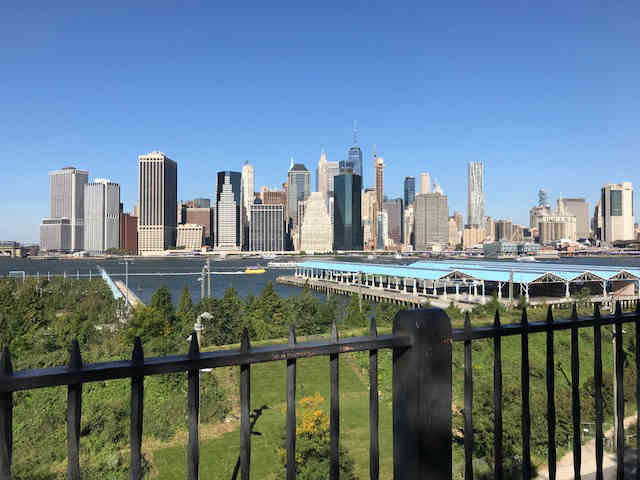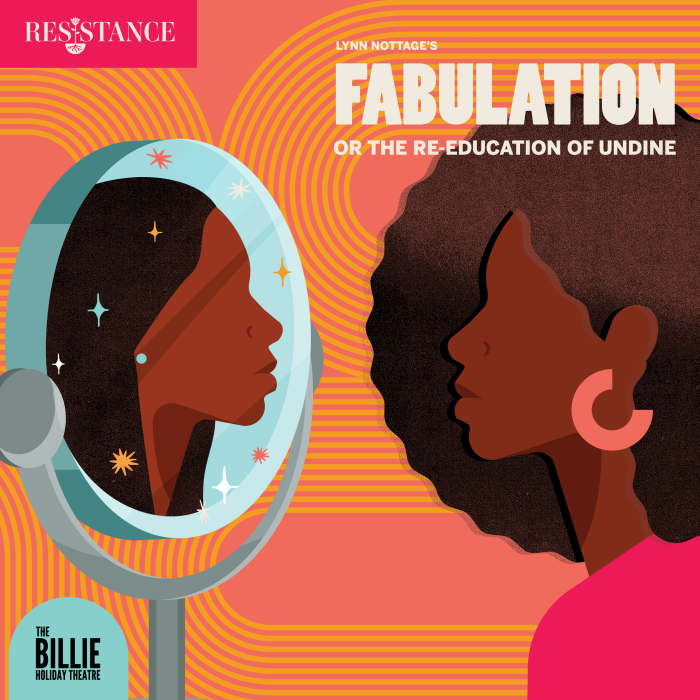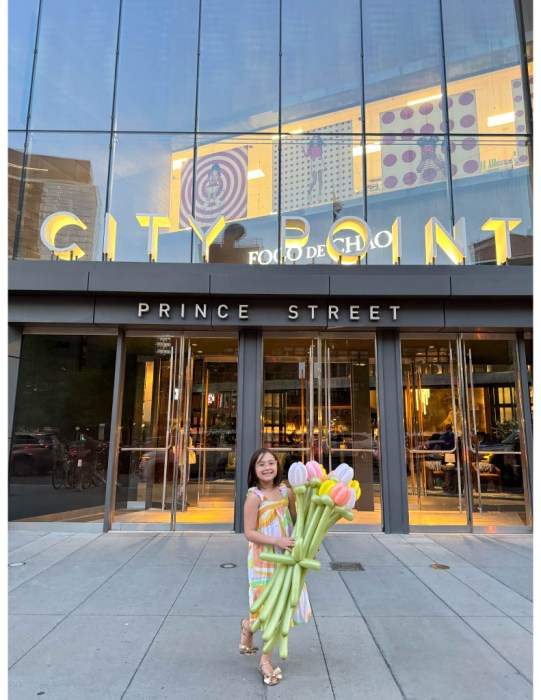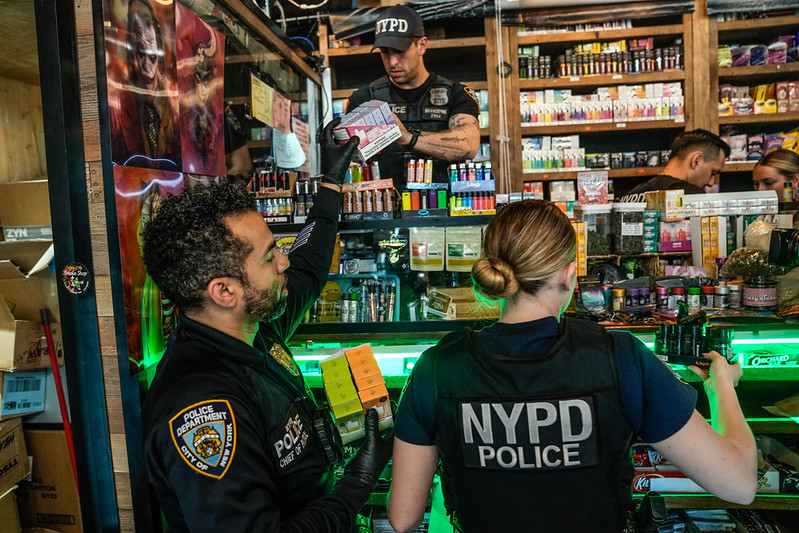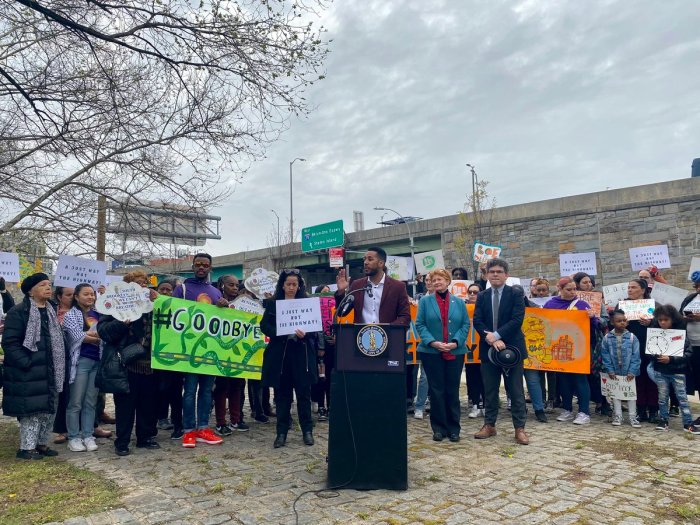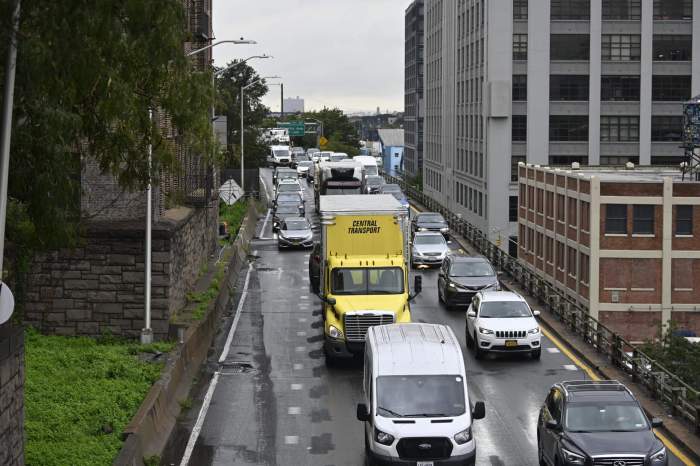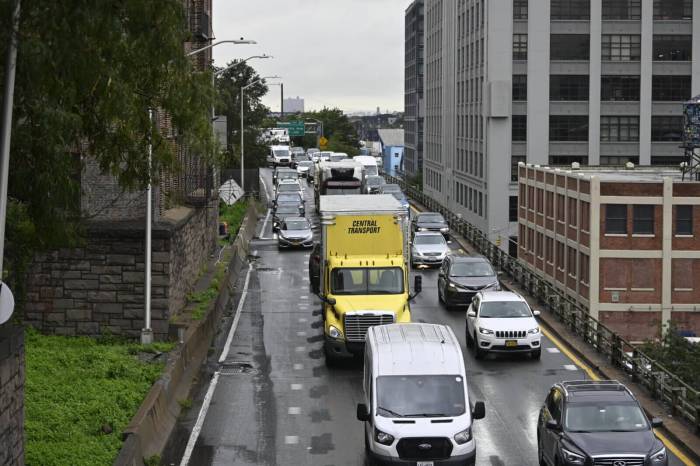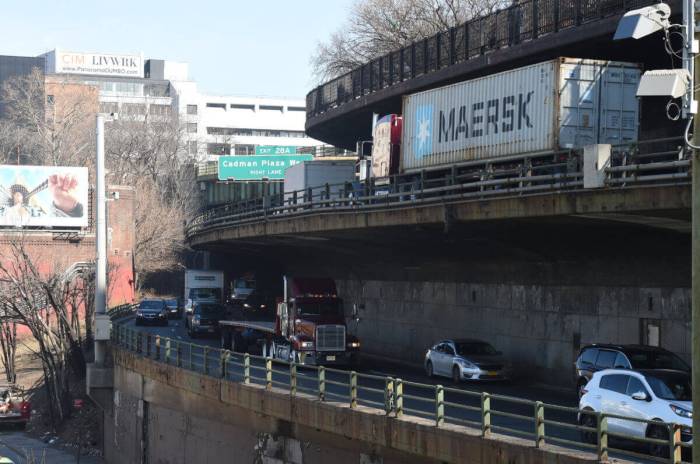The city’s controversial proposal to turn the Brooklyn Heights Promenade into a six-lane speedway for cars and trucks during the reconstruction of the Brooklyn–Queens Expressway’s triple cantilever could violate decades-old laws established to protect views from the fabled walkway, according to a landmarks expert.
“Our opposition is based in law, we feel very strongly that the Brooklyn Heights Promenade is protected by a number of environmental and preservation laws, and those cannot be ignored when contemplating its future,” said Simeon Bankoff, who heads the privately run preservation group, the Historic Districts Council.
Bankoff’s organization teamed up with six civic groups — which collectively represent about 40,000 Brooklynites — to pen a letter to city, state, and federal transportation leaders demanding the local Department of Transportation rethink its plan to put a temporary highway on the historic walkway as part of its repairs to the three-tiered infrastructure, which experts say could start to collapse in 2026 under the weight of the thousands of trucks that travel it daily.
Turning the 70-year-old Promenade, part of which sits atop the triple cantilever, into a highway would block its world-famous views of the East River and Manhattan skyline — vistas the city protected in 1974 when it named the walkway a so-called Special Scenic View District, forbidding any obstructive construction along its path, the preservationists argued in their letter.
“Transforming the Promenade into a six-lane interstate highway through a “temporary” six-year, multi-billion dollar project would inflict severe environmental, social, and economic harm on the neighboring communities and their tens of thousands of residents — and is unacceptable,” the Jan. 31 missive read.
The Brooklyn Heights walkway’s scenic-view designation followed similar decrees established as far back as 1965, when the Landmarks Preservation Commission named the neighborhood as the city’s first historic district, leading the Feds to christen America’s First Suburb as a National Historic Landmark later that year.
The preservationists are prepared to file suit against the city if it moves forward with transforming the Promenade into a speedway for no less than six years, according to Bankoff, who said they wouldn’t take legal action while officials are reviewing the options on the table to repair the 1.5-mile stretch of expressway between Atlantic Avenue and Sands Street.
Those options include the city’s so-called innovative approach to send traffic along the Promenade, which officials say could allow the fix to wrap by 2026; its so-called traditional approach, a lane-by-lane repair that could stretch into 2028 and cause traffic jams for up to 12 miles; and a third option recently submitted by a local architect, which proposes sending expressway traffic down a temporary roadway closer to Brooklyn Bridge Park.
“You can’t file a lawsuit unless some action has been taken, no action has been taken, the city is still looking at several plans,” Bankoff said.
Leaders of another group formed specifically to oppose transforming the Promenade into a highway doubled down on the preservationists’ demands, expressing no reservations about taking the city to court if officials proceed with their innovative option, which Mayor DeBlasio endorsed last October before dialing back his support.
“The courts are always an option of last resort, and we are prepared to use every tool to fight this to the end,” said Hilary Jager, a spokeswoman for advocacy group A Better Way NYC, who lives in Brooklyn Heights. “Our focus is on working collaboratively to find a better way to reduce traffic and pollution across the city. That’s why we’ve asked the City to stop moving forward with its proposed plan, engage with stakeholders, look at and seriously consider alternatives, and listen to the community.”


